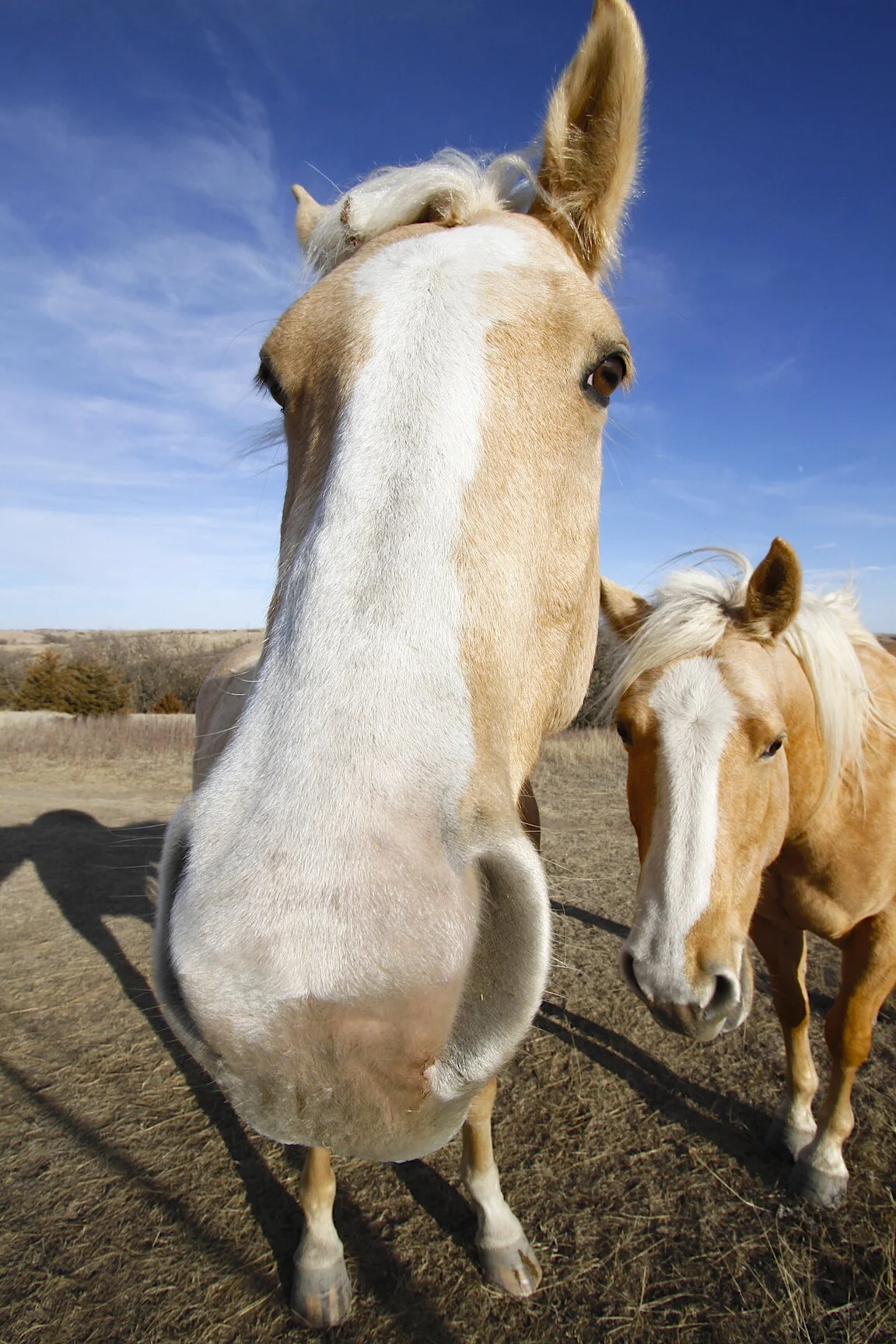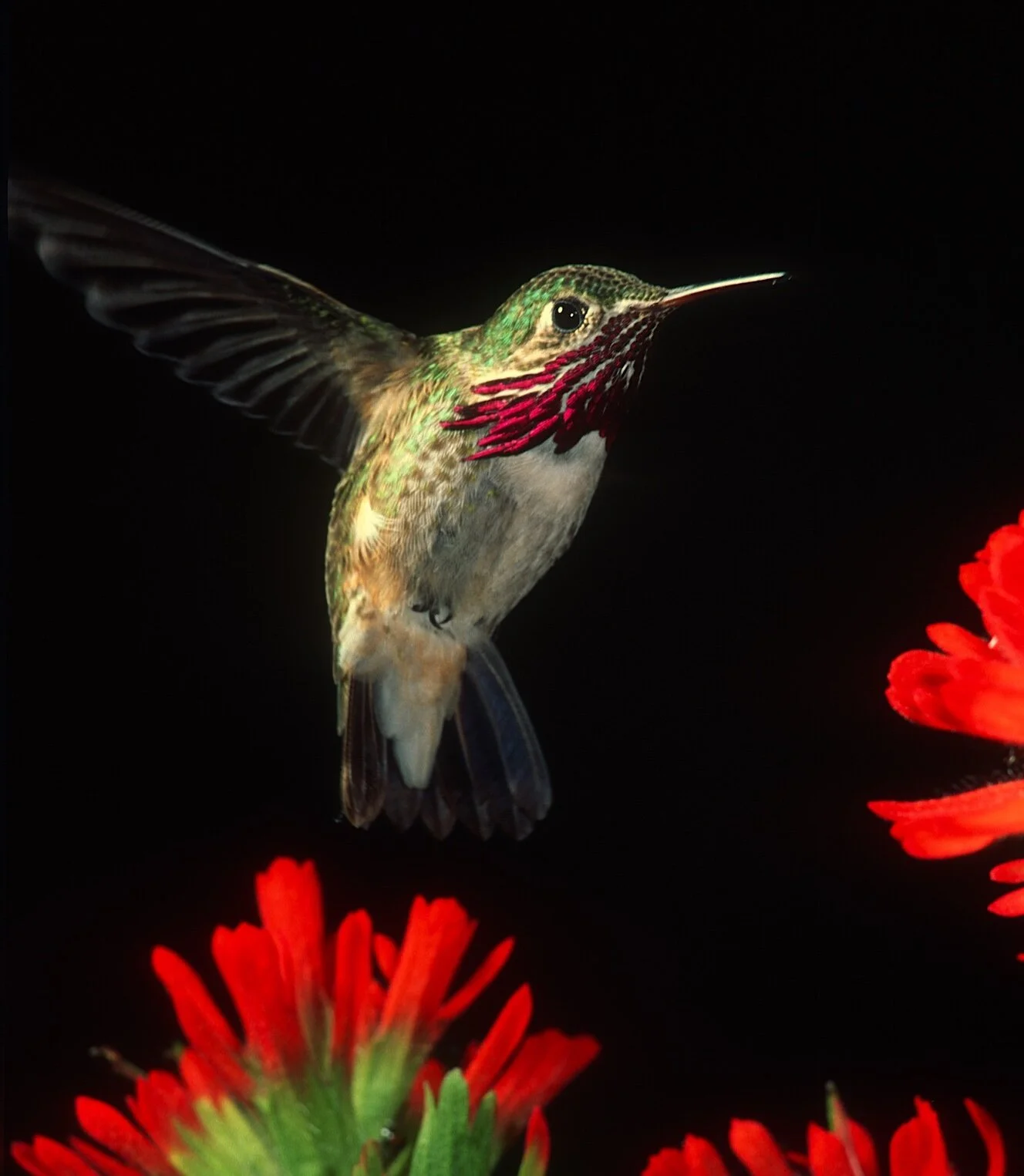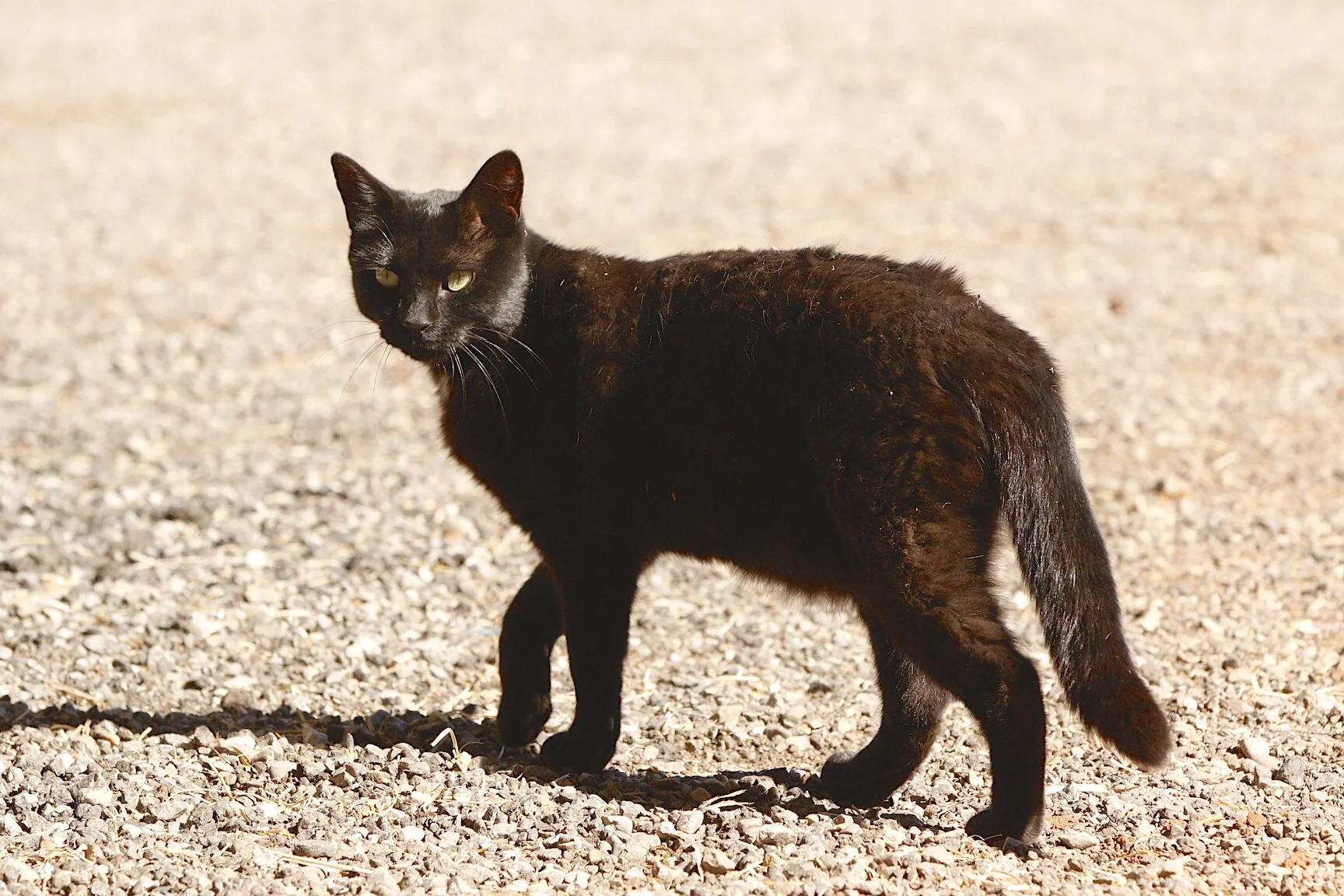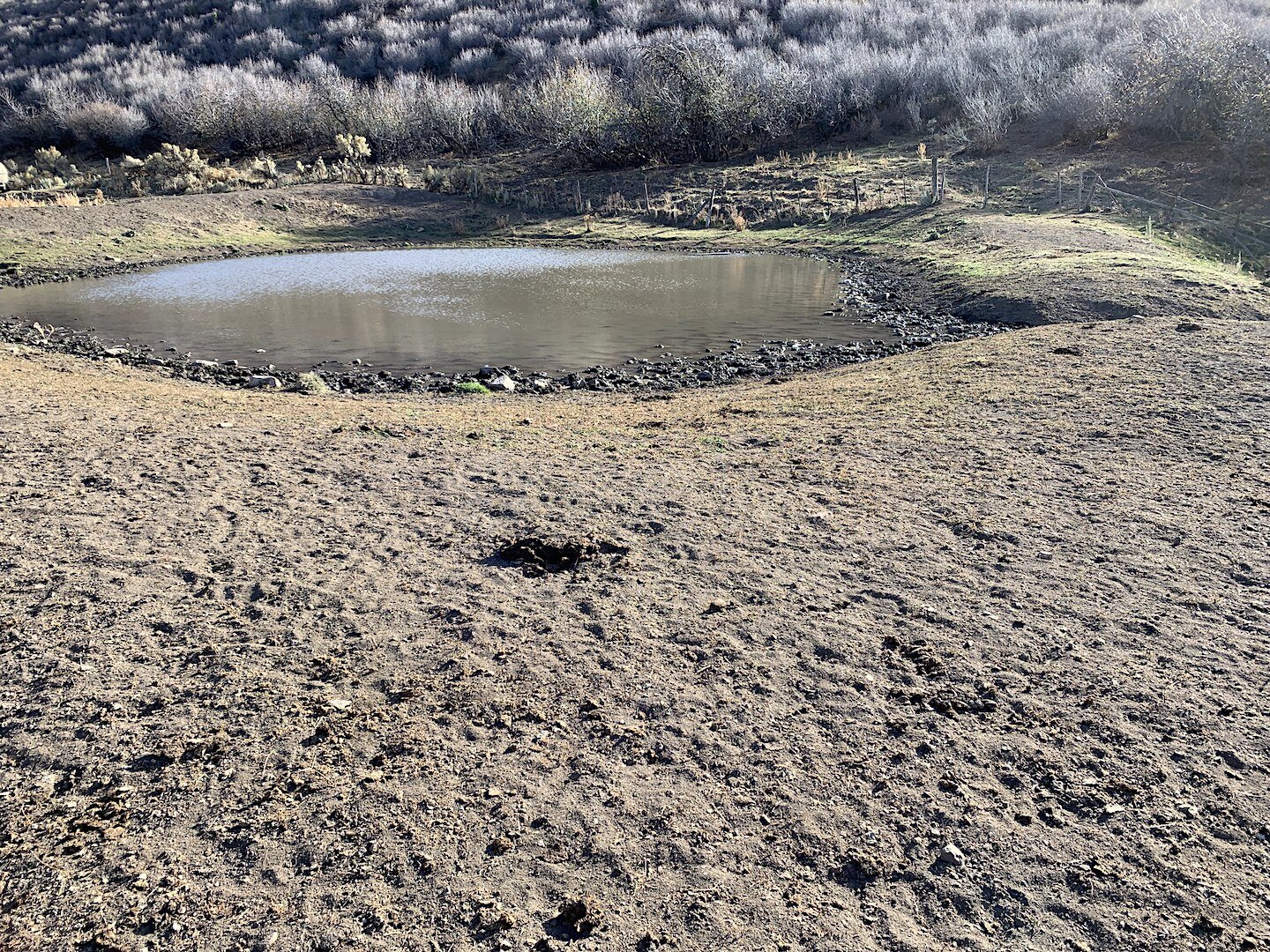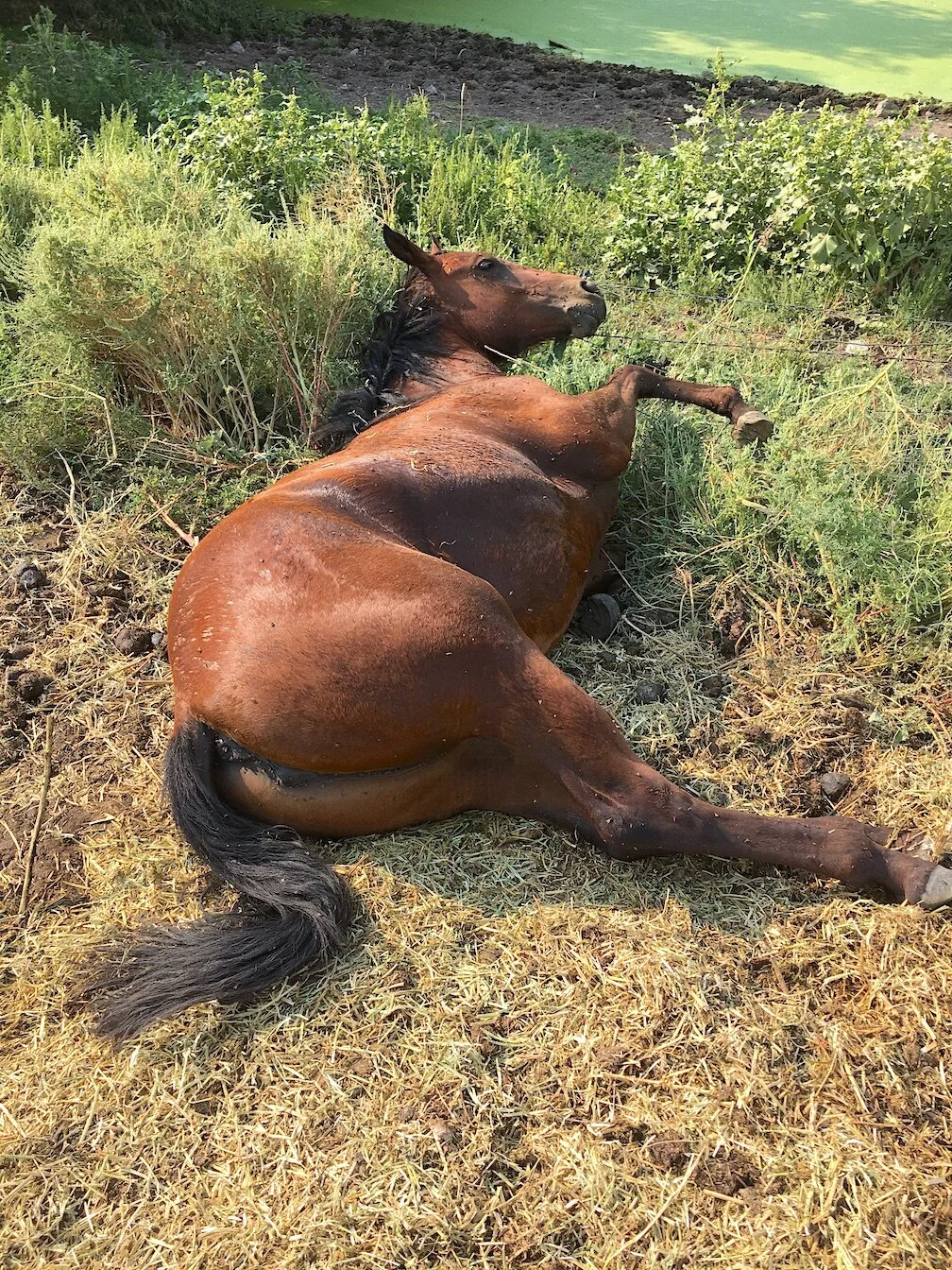Sacrificing Native Wildlife for Sacred Icons
by Ron Spomer
Do you think it makes sense to spend $80 million of your tax dollars each year supporting a common, abundant domestic animal that provides no meat, no hides, no fur, no wool, no feathers, no energy — nada — while simultaneously depleting and endangering native wildlife?
Seriously. Would you vote to have your tax dollars fund the increase and maintenance of a common domestic animal that returns nothing on your investment while using up the resources essential to the survival of native wildlife like threatened sage grouse, desert bighorns, mule deer and even songbirds like hummingbirds and meadowlarks?
Hummingbirds depend on the native wildflowers invasive horses eat and trample. We pay to keep the horses. We ignore the hummingbirds and wildflowers.
Well, that’s what the U.S. federal government does — contrary to the recommendations of the very scientists it hires (also at taxpayer expense) to assess and manage these free-loading domestic animals. That’s right. We pay wildlife biologists to manage feral domestic horses. And all to placate perennially noisy, perpetually dissatisfied animal rights agitators.
It’s infuriating and, if you love wild places and native wildlife, it can almost make you cry. Just yesterday one of these animal rights groups continued to do wrong by urging new Interior Secretary Deb Haaland “to retain horse population sizes that will maintain TNEB [(Thriving Natural Ecological Balance.)”
It is to laugh! That’s like retaining feral hogs to maintain ecological balance. It’s like feeding and protecting feral house cats to maintain songbirds. It’s akin to protecting pythons in the Everglades, Asian carp in the Mississippi, zebra and quagga mussels in the Great Lakes. Canadian thistles on the High Plains. Cheat grass in sage grouse country.
Why don’t we spend $100 million or so each year helping feral house cats wipe our our native birds, too?
Paying to protect and increase feral horses on fragile public lands is worse than selfish, worse than foolish. It’s environmentally criminal.
And you pay for it.
This doesn’t mean that we shouldn’t care for horses. Thousands of horse lovers do that every day. They keep horses in pastures, shelter them in barns, treat them for worms and diseases. They care for them. But these so-called animal rights horse lovers force these lost, feral horses to live desperate lives under conditions that would get a horse owner dragged into court for animal abuse.
Our so-called wild horses roam dry, overgrazed deserts and semi-deserts. They make do with poor forage, insufficient forage, dirty water, injuries, worms, disease, fighting, biting, broken legs and jaws. Without veterinary care. And all the while they pound, chew and abuse native vegetation, commandeer scarce water holes, drive off native deer and sheep, deplete nesting and escape habitat for ground nesting birds.
Why save precious western waterholes for deer and sheep and grouse when we can dedicate them to an invasive species instead?
In short, they do what you would expect a non-native, invasive species would do. Negatively impact native wildlife. It’s bad in the best of times. It’s insanity when we are losing native birds and mammals so fast that a species as widespread and common as the sage grouse has declined more than 80 percent since the 1970s. So why do we put up with this?
Emotions. Tender imaginations. Persistent myths. The romantic myth of the wild mustang which is nothing but the offspring of horses likely run off from the Coronado expedition. Much like feral hogs in Florida ran off from the De Soto expedition. A well-meaning but ecologically ignorant bunch of romantic horse lovers back in the 1970s convinced an equally ignorant bunch of elected officials to make feral horses sacred. Over the years they tightened the screws. Feral horses take precedence over all native wildlife on western federal lands where they roam. They are the only single species we spend $80 million annually feeding and sheltering. You, dear friend, literally pay to feed tens of thousands of “wild mustangs” confined to corrals (pens or “prisons” if we can borrow the hyperbolic language of animal rights agitators) until they die of old age, which could take more than 20 years.
Meanwhile pronghorns, bighorn sheep, mule deer, elk, desert cottontails, sage grouse, Brewers sparrows, desert tortoises and dozens more native species dwindle away because their habitat has been converted into horse flesh.
Here’s a wildly silly idea: Why don’t we dedicate the $80 million we waste feeding feral horses on native wildlife like sage grouse?
Pragmatic people have long advised against managing wildlife by emotion because it flies in the face of Nature. It’s not nice to disrespect Nature. And forcing an invasive species like the horse — wonderful domestic animal though it is — to eke out a living on fragile western lands is disrespecting Nature. Big time.
It’s time to stop this feral horse abuse. Of the horses themselves as well as our land and wildlife. Round up the feral horses. Give them good homes. Put them on pastures in the east if you want. Prominent animal rights organizations have hundreds of millions of dollars. I’m sure they’ll pay for it all.
A hunting buddy and I rescued this domestic ranch horse from old fencing that had trapped it. Feral horses on the vast, empty deserts of the west get no such help. Let’s stop feral horse abuse. Bring those suffering animals in from their harsh existence. Leave the wilds for our native, wild species.


